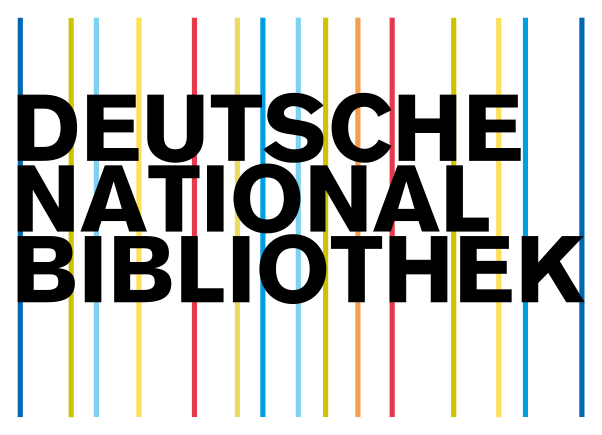Classifying Fake News Articles Using Machine Learning Techniques
DOI:
https://doi.org/10.5281/zenodo.5762114Keywords:
Classifiers, Confusion Matrix, Count Vectorizers, Machine Learning, Exploratory Data AnalysisAbstract
News is important in daily life as it informs our view to the world and in response, we take actions and make choices in various aspects. Gradually, the tendency towards online news is increasing as it is more concise and is available at the finger tips. There has been large generation of deceptive content worldwide that has an effect on the formation of opinions, making decisions and voting trends. Most of the 'fake news' is initially circulated through social media networks such as Twitter, Facebook, and then makes the way into mainstream media outlets such as Radio and TV. The fake news articles share linguistic features such as heavy use of quoted material. In this use case, the results of fake news detection test and the performance of fake news classifiers is discussed. The aim is to build a new fake news detector using classifiers like Logistic Regression, Decision tree classification, Multinomial Naive Bayes classification.
Downloads
References
Classifying Fake News Articles Using Natural Language Processing to Identify In-Article Attribution as a Supervised Learning Estimator.
Tolles, Juliana; Meurer, William J (2016). "Logistic Regression Relating Patient Characteristics to Outcomes".
Quinlan, J. R. (1986). "Induction of decision trees" . Machine Learning.
Breiman, Leo; Friedman, J. H.; Olshen, R. A.; Stone, C. J. (1984). Classification and regression trees.
I. Rish, “An empirical study of the naive bayes classifier,” in IJCAI 2001 workshop on empirical methods in artificial intelligence, pp. 41–46, 2001.
How to Encode Text Data for Machine Learning with scikit-learn, Machine Learning Mastery, [Online]. Available: https://machinelearningmastery.com/prepare-text-data-machine-learning-scikit-learn, Accessed 19th June 2020
What is Text Classification?, Monkey Learn, [Online]. Available: https://monkeylearn.com/what-is-text-classification/, Accessed 19th June 2020
Naïve Bayes Classifier, Towards Data Science, [Online]. Available: https://towardsdatascience.com/naive-bayes-classifier-81d512f50a7c, Accessed 19th June 2020
Logistic Regression for Machine Learning, Machine Learning Mastery, [Online]. Available: https://machinelearningmastery.com/logistic-regression-for-machine-learning/, Accessed 19th June 2020
Logistic Regression — Detailed Overview, Towards Data Science, [Online]. Available: https://towardsdatascience.com/logistic-regression-detailed-overview-46c4da4303bc, Accessed 19th June 2020
Decision Tree Classification, Towards Data Science, [Online]. Available: https://towardsdatascience.com/decision-tree-classification-de64fc4d5aac, Accessed 19th June 2020
K-Fold Cross Validation, Data Driven Investor, [Online]. Available: https://medium.com/datadriveninvestor/k-fold-cross-validation-6b8518070833, Accessed 19th June 2020
Confusion Matrix in Machine Learning, Geeks for Geeks, [Online]. Available: https://www.geeksforgeeks.org/confusion-matrix-machine-learning/, Accessed 19th June 2020
Understanding Confusion Matrix, Towards Data Science, [Online]. Available: https://towardsdatascience.com/understanding-confusion-matrix-a9ad42dcfd62, Accessed 19th June, 2020
Downloads
Published
How to Cite
Issue
Section
URN
License
Copyright (c) 2021 Doddi Srilatha, Dustakar Prasanth Rao, Chukka Nikhil, Janumpally Sai Teja

This work is licensed under a Creative Commons Attribution 4.0 International License.






